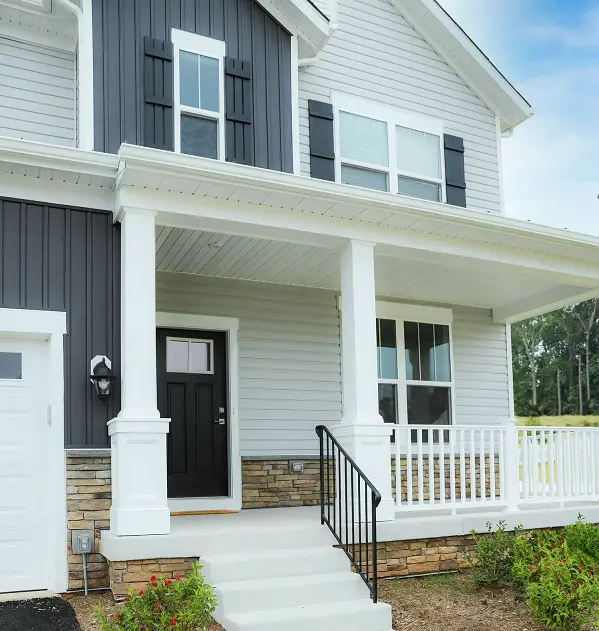Metro Phoenix failed to register the highest home price growth for the first time in nearly three years. Tampa Florida beat Phoenix out in March, with a 34.8% gain year over year according to the S&P CoreLogic Case-Shiller U.S. National Home Price NSA Index.
Phoenix came in a close second, with a 32.4% growth rate. Miami came in third at 32%.
Analysts said Phoenix’s dethroning was unsurprising. Steven Hensley, senior manager of Zonda Advisory housing market research firm said, “The fall can likely be attributed to a high year-over-year baseline, which can impact the percentage change in home values. Secondly, how price appreciation has begun to cool in recent months due to rising mortgage interest rates and affordable issues. We expect that new markets will be leading the indices moving forward after a near three-year run for Phoenix.”
Other analysts pointed out however that this data was already two months old, and mortgage rates had risen substantially in that time. Elliott Pollack, CEO of Scottsdale-based Elliott D. Pollack & Co. said, “The full effect of interest rates is not in these numbers. Since interest rates spiked so quickly in the second quarter, the full effect of the interest rate increase you won’t know for another month or two. I can almost guarantee you the result is going to be housing prices start to flatten out.”
At 5.1%, a 30 year fixed rate mortgage is 2.15% higher now than it was this time last year. Assuming a 20% down payment and a 30 year mortgage, mortgage costs in Phoenix would be nearly $800, changing people’s perspectives on affordability.
Dan Handy, economic data analyst for Zillow Group Inc .said, “Price growth will likely begin to come back towards earth as many buyers are priced out and inventory rises. A market rebalancing appears to be around the corner, but for now the housing market is as competitive as we’ve ever seen. It may very well be that fewer people are trying to buy, but with bidding wars continuing to drive up prices, those in the market today likely won’t feel much impact.”
Elliott Pollack noted, “It’s going to be a year that’s more friendly to buyers than last year was.”
Greg Hague, founder of 72 Sold said everything will depend on what the Fed does with interest rates. “My prediction is that if interest rates remain under 6%, we will continue to have a market that is either balanced or slightly favors sellers,” he said. “If interest rates climb above 6%, particularly close to 7%, we are likely to see the market transition to a buyer’s market.”
Hague sees everything through the perspective of the Fed’s actions. “Because so many homes were pulled off the market when Covid hit, the surge in buyer demand because of the low interest rates resulted in a rapid acceleration in price appreciation,” he said. “The continuation of declining interest rates to under 3% propelled homebuyer demand, which gobbled up home inventory as quickly as it came to the market. That has been the situation for the past two years until the past few months when interest rates increased and buyer demand diminished.”
Zillow’s Handy believes the Fed’s actions are finally beginning to have an effect.
“In Phoenix, homes that are going pending are doing so in around seven days, and the share of homes selling above their asking price is at more than 50%,” he said. “However, the market may be nearing an inflection point when it comes to price growth.”


